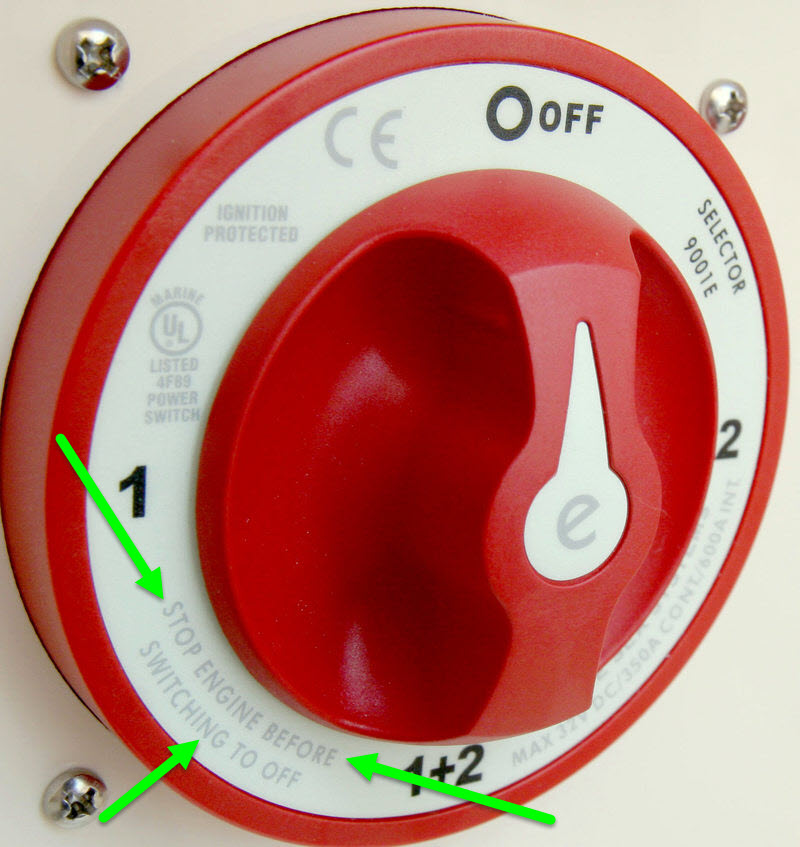I have a 3 battery setup on my 340. 3 Deka Deep Cycle Group 24. I use 1 as a Starting Battery and the other 2 as my House Bank. I had a friend selling his boat and he had these on his boat. They were all purchased the same day (May 2018) and were 3 months old and used only to start his engine, as he was not using the boat anymore.
The one I use as a starting battery worked fine right up to yesterday (10/6/20), it will charge up to 12.50 V but will not hold, it drops to 11.05 V and will not start the boat. It has a Hydrometer Reading of 1.150 which is telling me to recharge it.
I want the 3 battery setup but, will adding a new battery (same one) effect the the other two? Will they try to drain the new b attery if switch is left on Both?
The batteries are to new to replace the whole system to keep everything the same age and size. And I really want the 3 battery setup I have. Just feel more confident with that amount.
How would you handle adding a third new battery?
The one I use as a starting battery worked fine right up to yesterday (10/6/20), it will charge up to 12.50 V but will not hold, it drops to 11.05 V and will not start the boat. It has a Hydrometer Reading of 1.150 which is telling me to recharge it.
I want the 3 battery setup but, will adding a new battery (same one) effect the the other two? Will they try to drain the new b attery if switch is left on Both?
The batteries are to new to replace the whole system to keep everything the same age and size. And I really want the 3 battery setup I have. Just feel more confident with that amount.
How would you handle adding a third new battery?


